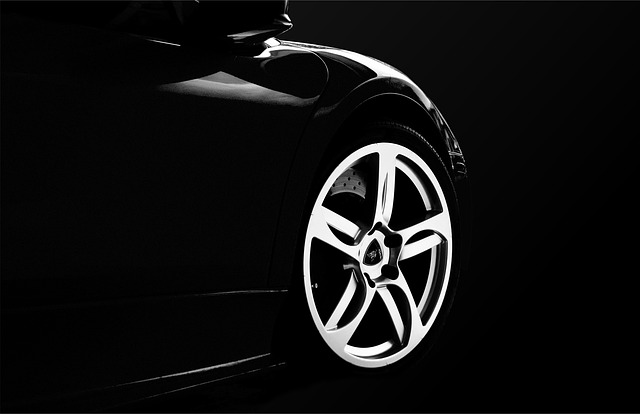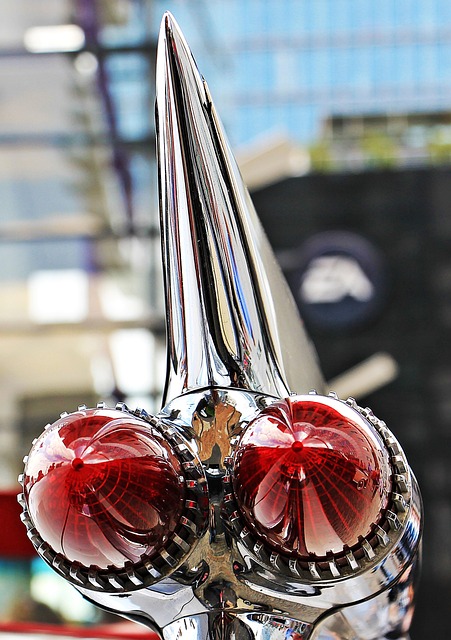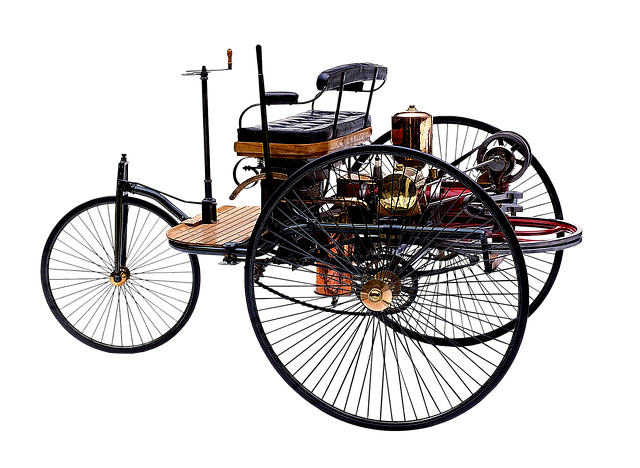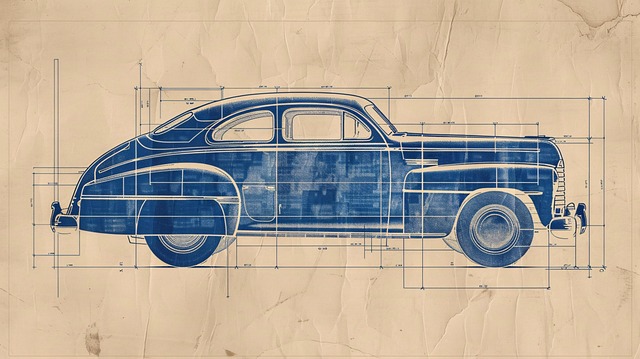Registering a car in California involves understanding specific requirements and gathering essential documents. First, comprehend the need for DMV VIN verification, crucial for ensuring vehicle authenticity. Next, secure necessary paperwork, including ownership proof and insurance. You can opt for the online registration process or visit a DMV office. After inspection and providing proof of insurance, finalize your registration and obtain plates. Each step ensures compliance with California’s regulations, from initial verification to finalization.
- Understand the Requirements for Car Registration in California
- Gather Necessary Documents for DMV VIN Verification
- Complete the Online Registration Process or Visit a DMV Office
- Pass Inspection and Provide Proof of Insurance
- Finalize Your Car Registration and Receive Your Plates
Understand the Requirements for Car Registration in California

Before you begin the registration process, it’s crucial to understand the requirements for car registration in California. The state Department of Motor Vehicles (DMV) mandates several key steps, including a comprehensive vehicle inspection and verification of your car’s unique Vehicle Identification Number (VIN). This VIN verification ensures that your vehicle meets all safety and emissions standards set by the DMV. One efficient way to complete this requirement is through a mobile VIN inspection or verification service, which can streamline the initial assessment from the comfort of your home or office.
Additionally, you’ll need to provide current registration documents from the previous state where your vehicle was registered, proof of insurance, and possibly other paperwork depending on your individual circumstances. The DMV will then conduct their own inspection, cross-referencing your VIN data against their records to confirm the vehicle’s authenticity and compliance with California’s regulations. This thorough process is designed to maintain road safety and prevent fraud, ensuring that all vehicles on California’s roads meet the required standards.
Gather Necessary Documents for DMV VIN Verification

Before heading to the California Department of Motor Vehicles (DMV) to register your car, make sure you have all the required documents ready for a smooth and efficient dmv vin verification process. The key document is the Vehicle Identification Number (VIN), which can typically be found on the vehicle’s registration certificate or title document from the previous state. For out-of-state transfers, ensure you obtain an original or certified copy of these documents.
Additionally, gather important paperwork like your driver’s license, proof of insurance, and a valid signature for the registration application. If you’re using a mobile vin verifier to facilitate the inspection process, have that readily available on your smartphone. This digital tool can streamline the vin inspection, making it easier to verify the vehicle’s history before finalization.
Complete the Online Registration Process or Visit a DMV Office

In California, registering a car involves either completing the process online or visiting a DMV office. The former offers convenience and speed, allowing you to register your vehicle from home using the official DMV website. This method requires gathering essential documents, including proof of ownership, insurance, and identification. Once your application is submitted, the DMV will perform a Vehicle Identification Number (VIN) verification to ensure the car’s authenticity.
For those who prefer in-person registration or need assistance with their application, visiting a DMV office is an option. Here, you can submit your documents and undergo a VIN inspection using a mobile vin verifier. This service ensures that your vehicle’s details match the registered information, streamlining the registration process and providing added peace of mind.
Pass Inspection and Provide Proof of Insurance

After gathering all necessary documents, it’s time to pass the DMV vin verification process. This involves a thorough inspection of your vehicle, focusing on its safety and environmental systems. The California Department of Motor Vehicles (DMV) will check key components like brakes, lights, tires, and emissions control systems. Additionally, they’ll verify the Vehicle Identification Number (VIN), which can be done efficiently with a mobile vin inspection or mobile vin verification service.
Proof of insurance is another crucial requirement. Ensure you have a valid insurance card or policy document that meets California’s minimum liability requirements. This demonstrates your financial responsibility and ensures you’re covered in case of accidents or damage. Both the DMV inspection and proof of insurance are vital steps before finalizing your car registration, bringing your vehicle into full legal compliance on California’s roads.
Finalize Your Car Registration and Receive Your Plates

After submitting your application and required documents, the next step is to finalize your car registration and receive your license plates. This involves a crucial process known as DMV VIN verification, where the California Department of Motor Vehicles (DMV) cross-references your vehicle’s unique Vehicle Identification Number (VIN) with their records. Once verified, you’ll be issued official license plates that correspond to your vehicle.
You can expedite this process by utilizing modern solutions like mobile VIN inspection or a mobile VIN verifier, which allows for convenient and quick verification right from the comfort of your home or location of choice. This not only saves time but also adds a layer of convenience to an otherwise administrative task.
Registering a car in California is a straightforward process, whether done online or in-person. By understanding the requirements, gathering the necessary documents for DMV VIN verification, and completing the registration steps, you can efficiently finalize your car’s registration and receive its plates. Remember to pass inspection and provide proof of insurance to ensure your vehicle complies with state regulations.



